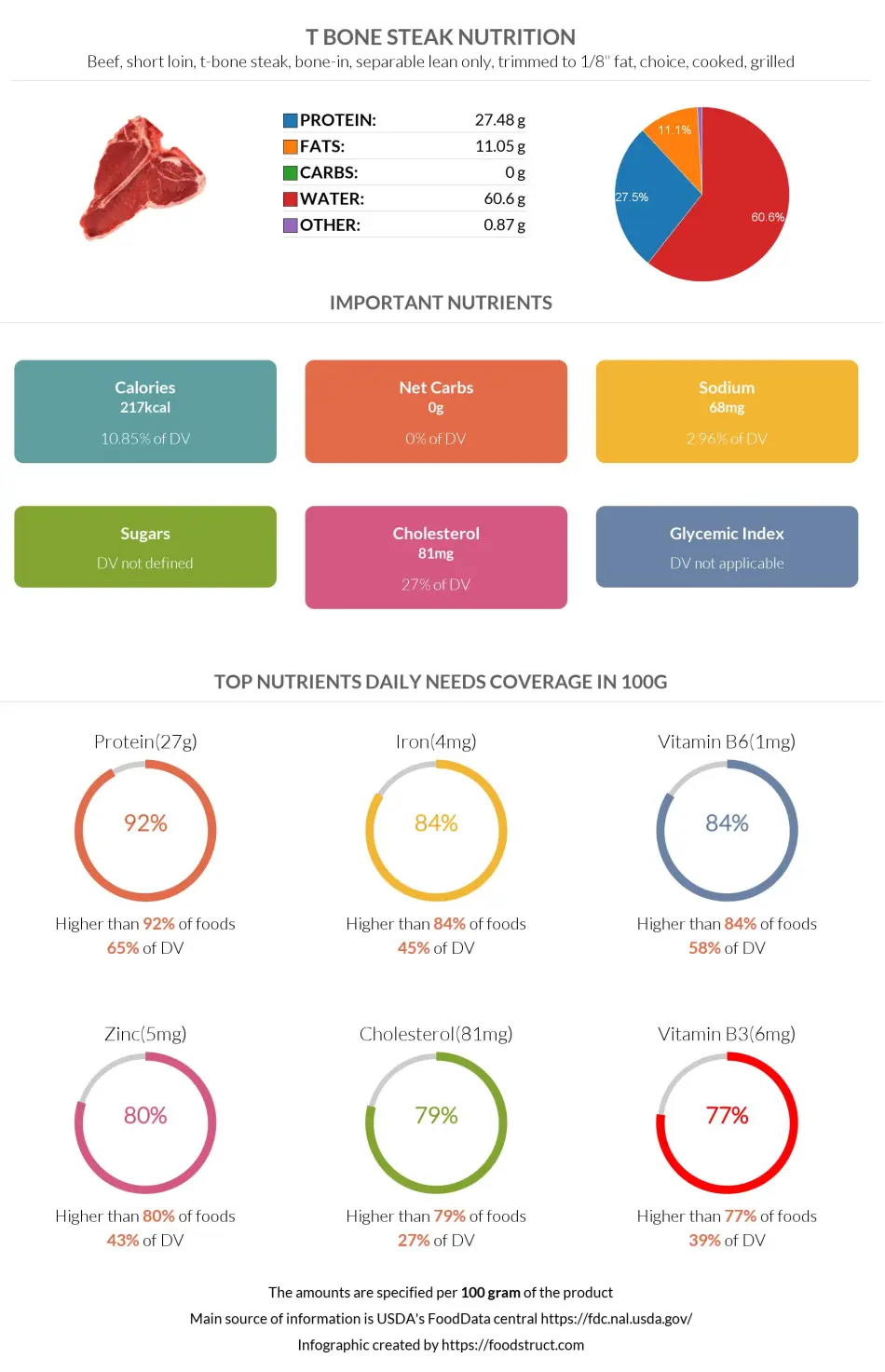Braces or Invisalign? It’s a big decision patients make before starting their orthodontic treatment. However, some patients go for a few months with braces and decide that Invisalign might be better for them.
Can you switch from braces to Invisalign? Is it possible to do so mid-treatment?
Switching from braces to Invisalign aligners has its pros and cons. It’s not for everyone. We give patients a choice between braces or Invisalign if we can, but not all patients do best with Invisalign.
That’s why we recommend braces for them. Some patients can switch to Invisalign from braces midway through their treatment, but is that the best thing to do? Let’s look at the pros and cons.
Braces vs. Invisalign
What is the difference between braces and Invisalign? Why do people choose Invisalign or braces? Both braces and Invisalign use gentle pressure to move your teeth into their proper positions. They do it in different ways.
Braces use brackets and an archwire to move your teeth. They are the most well-known way to move teeth. Did you know that braces date back to ancient Egypt? It’s true! Today’s braces are a lot more sophisticated and efficient.
Appel Orthodontics uses the latest scanners and technology to provide braces treatment customized to your dental issues. We offer metal, clear, and gold braces, so you can decide how much bling to put in your smile!
Patients who prefer no bling often choose Invisalign clear aligners for their treatment. Unlike braces, which are made of many brackets and wires, Invisalign is one solid piece of acrylic that completely covers your upper teeth, and a second tray covers your lower teeth. Invisalign is nearly invisible on your teeth.
Pros and Cons
Each has its pros and cons. Braces are the most tried-and-true method and can handle nearly every orthodontic case. They aren’t removable, so they work 24 hours a day. However, they have diet restrictions, and the metal and gold braces are very visible on your teeth (the clear braces are much less visible).
Invisalign clear aligners are nearly invisible, so people may not even realize you’re straightening your teeth! They’re removable, so it’s easier to brush and floss, and there are no food restrictions. However, they must be worn for 22 hours daily to be fully effective. They also may not work with severe orthodontic cases.
When you first visit Appel Orthodontics, we will conduct a full examination to determine what dental issues need repair. We will then review all your options, including whether braces or clear aligners are best for you.
Can I Switch From Braces to Invisalign?
We know many people find the low-profile look of Invisalign very appealing. However, some cases are so severe that Invisalign can’t move the teeth properly to make the repairs. That’s why we recommend braces in those instances. Some patients ask, “Can I switch from braces to Invisalign mid-treatment?”
The short answer is maybe. If your teeth are repaired enough that treatment with Invisalign will work for you, it is possible to switch midway through treatment. If you still have high canines or non-erupted teeth that haven’t moved into place, you’re probably better off staying in braces.
Remember that switching from one treatment to another can be costly. You’ll pay for part of the first treatment plus all of the second treatment. Cost is an important factor to consider when deciding whether to switch.
When Can I Switch From Braces to Invisalign?
There is no real set time as to when you can switch from braces to Invisalign. Again, it would depend on the positions of your teeth and whether Invisalign can move them into place effectively. We constantly monitor your progress.
We can let you know when we see that Invisalign can take over. It would be up to you to decide whether moving from braces to Invisalign would be worth it.
Why Would I Switch From Braces to Invisalign?
Why switch from braces to Invisalign? For many people, it’s the aesthetics. They don’t care for the look of braces, and they’d rather have the clear look of Invisalign. There could also be issues with the metal braces being more uncomfortable.
We might also switch to Invisalign if discoloration around the braces becomes problematic. This decalcification of the enamel leaves white spots around the brackets and is caused by the inability to clean well around the brackets. These spots can be permanent without a proper oral hygiene routine, so the sooner we can stop them from worsening, the better your teeth will look.
Others may have issues giving up the foods that could damage their braces. Invisalign lacks food restrictions, so it’s a better alternative in this case.
Can I Switch From Invisalign to Braces?
In some cases, patients who start with Invisalign have problems keeping up with the obligations of Invisalign. You must wear them at least 22 hours a day. You must keep them clean. You must keep them from being damaged by heat, small children, pets, and accidents.
You also must ensure they aren’t lost once you remove them from your mouth. You also must switch out the trays for a new set every 1-2 weeks to keep the treatment on track.
Some patients struggle with the responsibility necessary to wear Invisalign. In those cases, we can move the patient from Invisalign to getting braces. While there are responsibilities associated with braces, the patient doesn’t have to worry about keeping track of hours worn or several sets of Invisalign trays.
Braces and Invisalign in Philadelphia, PA
Both braces and Invisalign do remarkable jobs of repairing dental issues. Braces aren’t always the best treatment option for some patients, while others do better with braces than Invisalign. While it is possible to switch mid-treatment, it can be costly and can extend your treatment time.
If unsure which is right for you, visit Appel Orthodontics in Philadelphia, PA. We will walk you through all the pros and cons of the types of treatment and will help you decide which treatment will work best for you. If you need to switch during your treatment, we’ll gladly discuss your options!








